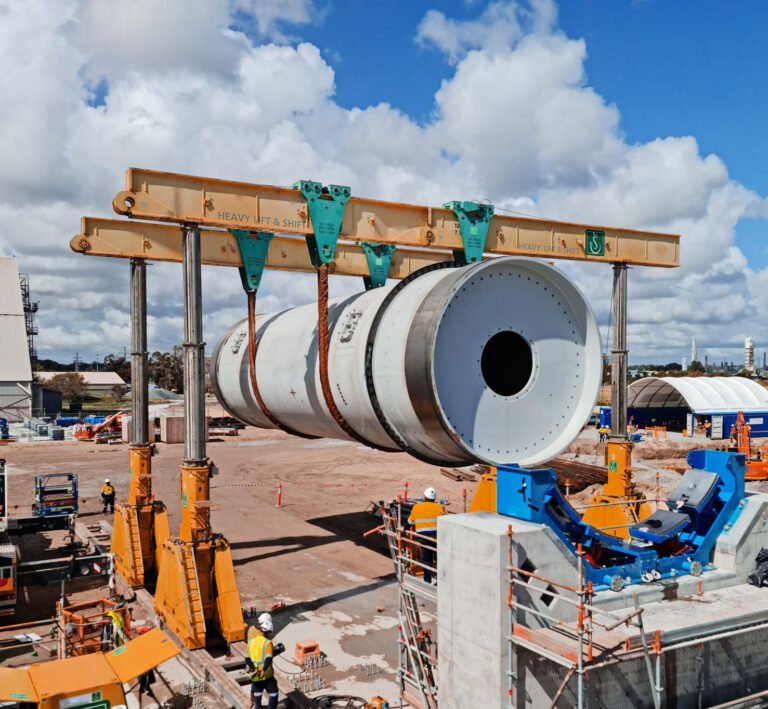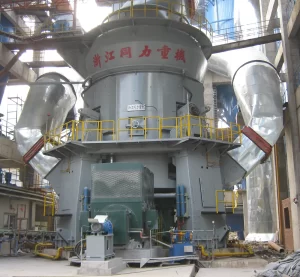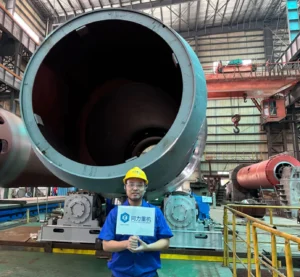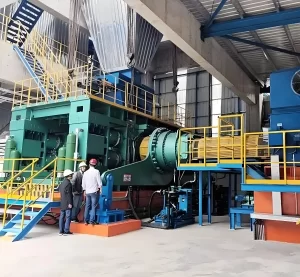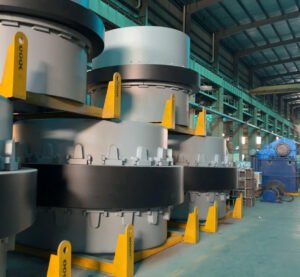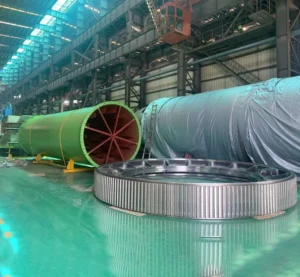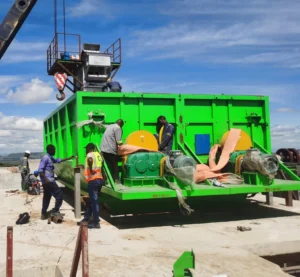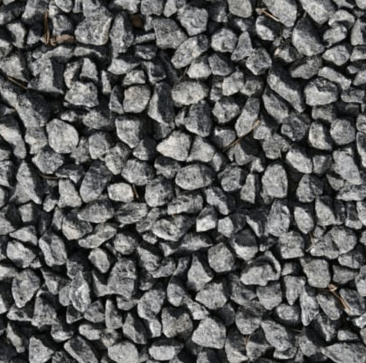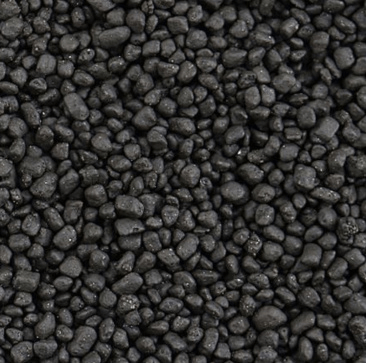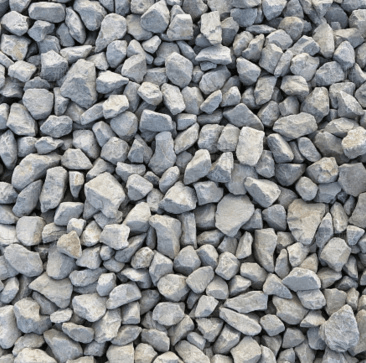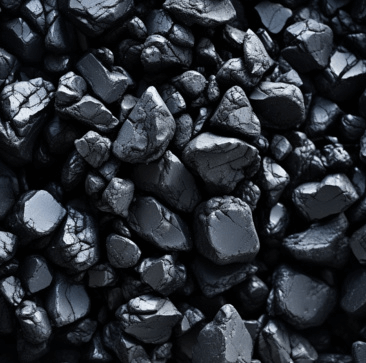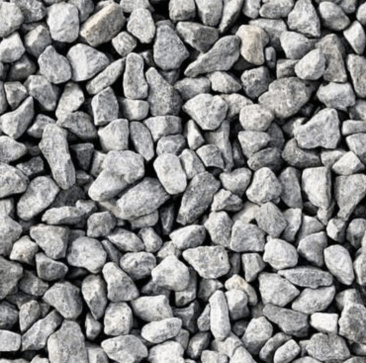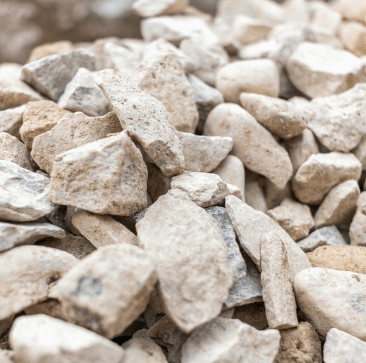-
1. What is the working principle of a ball mill?
The working principle of a ball mill is to drive a small gear through a motor, a reducer, and a coupling, and then the small gear drives the large gear and the cylinder to rotate, and the steel balls in the mill hit the material to achieve the grinding effect. The speed of the ball mill is between 15-30 rpm. If the speed is too low, the steel balls will slide along the cylinder wall and lose the effective grinding effect; if the speed is too high, the steel balls will be thrown to the cylinder wall and cannot produce the ideal falling impact.
-
2. What is the effect of the diameter of the steel ball on the grinding of the ball mill?
The diameter of the steel ball is another important factor affecting the grinding effect. Steel balls with a diameter of 20-50mm are used for primary crushing and coarse particle size grinding of materials, while steel balls with a diameter of less than 20mm are suitable for fine grinding. Steel balls with a diameter of 30mm are suitable for grinding materials from 30mm to 200μm, while smaller steel balls can further grind materials to a fineness of 80-200 mesh. The final particle size control of the ball mill depends on the reasonable adjustment of the speed and the diameter of the steel ball. The ball mill can grind the material to a fineness range of 80-200 mesh (equivalent to 75-180μm).
-
3. How to improve the grinding efficiency of ball mill?
1. The powder selection system can increase the output. The traditional classification system cannot completely separate qualified and unqualified products, resulting in over-grinding and energy waste. The current O-sepa and T-sepax high-efficiency classification systems reduce over-grinding by accurately controlling the particle size of the discharge, thereby improving the production capacity and efficiency of the mill. The use of high-efficiency classification systems can increase the grinding efficiency by more than 20%. In actual production, the capacity of such systems can be increased by 15-20% after optimization. In the cement industry, the energy consumption reduction is about 10-15%.
2. The special design of the liner can extend the grinding path of the material and the medium, while increasing the lifting angle of the material, so that the material is more evenly distributed during the grinding process. The wavy liner can effectively lift the material and increase the contact area between the material and the medium, thereby improving the grinding efficiency; the stepped liner can reduce over-grinding through the classification effect. According to the requirements of different grinding processes, the use of this type of liner can increase the efficiency of the mill by 5-10%.
-
4. What are the differences between wet ball milling and dry ball milling?
Wet ball milling refers to adding water or other liquids as a medium during the grinding process, and the crushing effect is achieved by mixing the medium and the material. Dry grinding, on the other hand, is to use the grinding medium of the ball mill to directly contact the material without the participation of liquid for dry grinding. Wet grinding is widely used in metallurgy, mining, chemical industry and other material processing that requires fine particles, such as ore grinding and ceramic production. In the ceramic industry, wet grinding can achieve the effect of ultrafine particles. Dry grinding is often used in cement manufacturing, especially in the process of grinding cement clinker. Dry grinding can prevent the material from absorbing moisture and ensure the dryness of the product.
-
5. What materials are suitable for ball mills?
1. In cement plants, ball mills are usually used for crushing and grinding raw limestone. Limestone has a Mohs hardness of 3 and is a relatively soft mineral, so ball mills are extremely efficient in processing limestone. According to Tongli’s project experience, ball mills can grind raw limestone from a feed particle size of 20mm to 325 mesh, and achieve a 90% pass rate. Ball mills control particle grading (such as the size and proportion of steel balls) by reasonably adjusting the grinding media to achieve a more uniform grinding effect.
2. Ball mills are also used in the grinding stage of iron ore beneficiation processes, which can achieve 80% of -200 mesh fineness and improve beneficiation efficiency. In addition, ball mills are also commonly used to process materials with higher hardness such as copper ore and bauxite.
3. Ball mills are particularly widely used for chemical materials with a Mohs hardness between 4-6, such as sulfur, quartz and phosphate rock. These materials usually need to be finely ground before they can be used in the chemical production process. The ball mill can grind phosphate ore from the raw material size (20mm) to 200 mesh in a short time.
-
6. What are the common faults of ball mills?
1. Common faults of ball mills include liner wear, bearing overheating, uneven discharge and motor failure. Liner wear is usually caused by long-term friction between grinding media and materials. The liner material can be checked regularly and replaced in time.
2. Bearing overheating is often caused by insufficient lubrication or bearing damage. The amount of lubricating oil should be checked regularly to ensure that the bearings are in good condition.
3. Uneven discharge is caused by too little grinding media or incorrect parameters of the powder selector. It is recommended to adjust the amount of grinding media or optimize the parameters of the powder selector.
4. Motor failure is mostly related to unstable voltage or overload. It is necessary to ensure that the motor power is matched, avoid adding too many steel balls to increase production, and check the stability of the electrical system in time.
